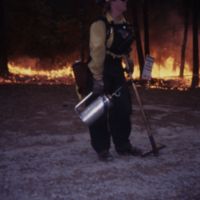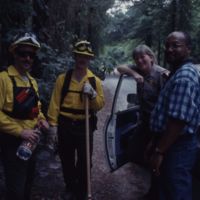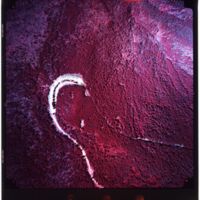Ensuring the Health and Safety of Park Vegetation
Park professionals must protect the parks from not just potential vandals, but from the elements of Mother Nature, as well. They do this using a variety of tools, from the destructive to the aeronautical. Many protected forest areas go under controlled or prescribed burns during the cooler months. This helps with the gestation of certain trees and, more importantly, prevents forest fires which could spark due to hot weather.
Parks turn to the use of aerial photography to capture infrared aerial views, created by a combination of wavelengths, which help park scientists study landforms, vegetation health patterns, environmental pollution, and other effects of human activities in the parks. For example, leaves of healthy, growing vegetation reflect a high level of near-infrared wavelengths and appear red on color-infrared film. Unhealthy or dormant vegetation may appear light red or a light shade of blue-green (cyan), depending on the plant's degree of good health. These color distinctions make color-infrared photographs useful in assessing the health of plants. Water, on the other hand, absorbs near-infrared wavelengths and appears black in the image. Water with varying amounts of suspended particles appears as shades of blue.
US Geological Survey, "Fact Sheet 129-01 (December 2001): Understanding Color-Infrared Photographs."





